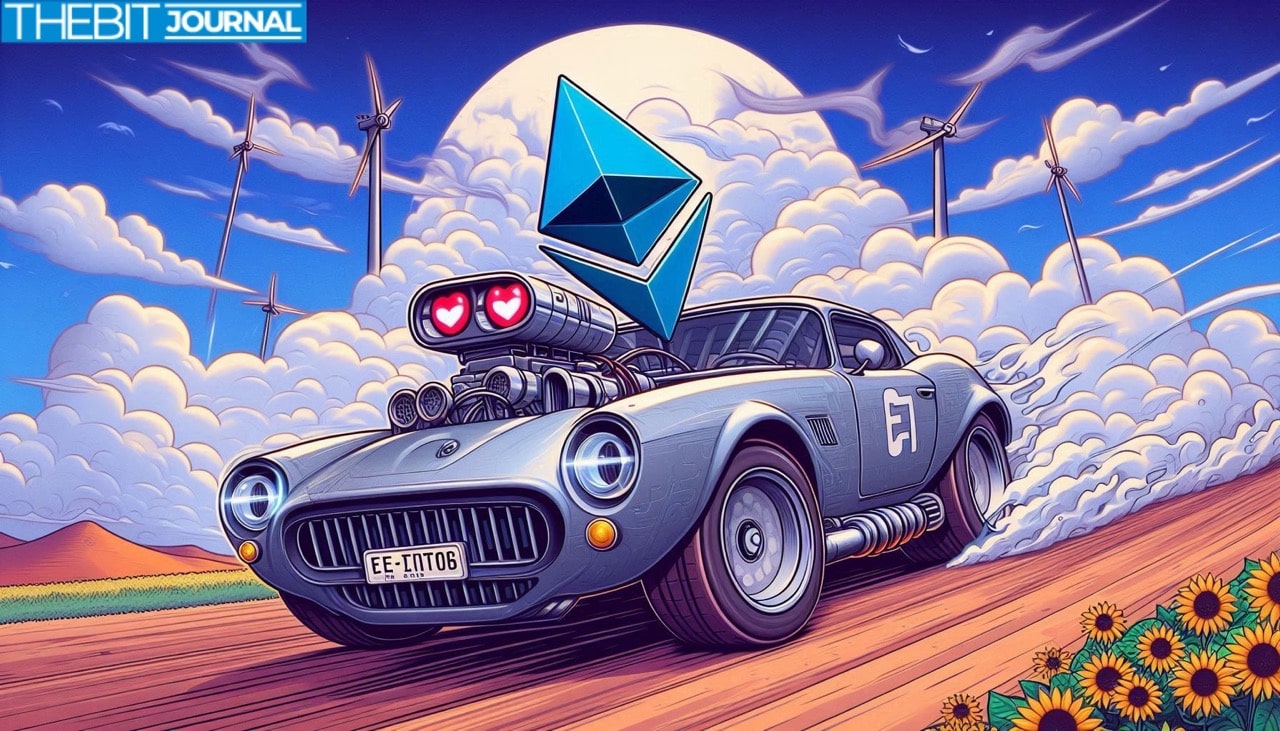Cardano vs Ethereum in 2025: Developer Activity, Market Trends, and Ecosystem Insights
0
0

Cardano (ADA) and Ethereum (ETH) are among the most talked-about platforms in the blockchain ecosystem. While Ethereum has historically led the way in decentralized applications and smart contracts, Cardano is quickly catching up — now overtaking Ethereum in core developer activity for the first time.
In this updated 2025 analysis, we break down how both networks are evolving — in terms of technology, developer involvement, market performance, and community direction — without bias or hype.
Cardano Leads in Developer Activity
According to data from Cryptometheus, Cardano surpassed Ethereum with a total of 21,439 GitHub commits across 550 core repositories over the past year. Ethereum followed with 20,962 commits, a notable figure but not enough to maintain the top spot.
Breakdown of Developer Metrics
| Platform | GitHub Commits (12M) | Core Repositories | Ecosystem Projects | Total Repos |
|---|---|---|---|---|
| Cardano | 21,439 | 550 | 36 | ~4,200 |
| Ethereum | 20,962 | ~500 | 80+ | ~3,000+ |
Cardano’s development push is tied to projects like:
-
Hydra (Layer 2 scaling solution)
-
Mithril (multi-signature staking protocol)
-
Voltaire (decentralized governance phase)
This surge signals a healthy and actively maintained ecosystem, especially as Cardano transitions into a governance-first protocol.

Ethereum Maintains Market Dominance
While Cardano may lead in raw development activity, Ethereum remains the dominant force in terms of market capitalization, liquidity, and network adoption.
Updated Price and Market Metrics
| Metric | Cardano (ADA) | Ethereum (ETH) |
|---|---|---|
| Price | $0.69 | $1,811 |
| 24H Price Change | -1.4% | +0.5% |
| Market Cap | ~$24.2B | ~$470.1B |
| Circulating Supply | 35.1B ADA | 120.2M ETH |
Ethereum commands nearly 20 times the market value of Cardano, largely due to its entrenched role in DeFi, NFTs, and enterprise adoption.
Core Technology and Network Design
Ethereum
-
Uses Proof of Stake (PoS) after the Merge.
-
Runs on the Ethereum Virtual Machine (EVM).
-
Supports thousands of dApps, including Uniswap, Aave, and OpenSea.
-
Faces challenges with gas fees and L2 fragmentation.

Cardano
-
Uses Ouroboros, a provably secure PoS algorithm.
-
Built using Haskell and formal methods.
-
Focuses on research-based scalability and governance.
-
Smart contract adoption remains modest compared to Ethereum.
While Ethereum pushes rapid upgrades like Proto-Danksharding and L2 rollups, Cardano’s approach is slower but methodically peer-reviewed.
Ecosystem Expansion and Community Dynamics
Ethereum leads in user adoption and developer tooling. However, Cardano’s growth is noticeable in Africa, education, and DeFi experimentation. The emergence of Midnight (Cardano’s sidechain) and new stablecoins like Djed signal growing utility.
Both ecosystems are investing in:
-
Sustainability (Cardano’s low energy use; Ethereum’s move to PoS)
-
Interoperability (Cardano’s sidechains; Ethereum’s rollups and bridges)
-
Governance (Cardano’s Voltaire vs. Ethereum’s EIP process)
Charles Hoskinson vs. Vitalik Buterin: Visionary Divide
Charles Hoskinson, Cardano’s founder, has long positioned ADA as a platform for underserved regions and academic rigor. He recently criticized Ethereum’s scalability roadmap, claiming:
“Ethereum is collapsing under its own complexity. Fragmentation will be its undoing by 2040.”
Vitalik Buterin, Ethereum’s co-founder, continues to support modular scaling through rollups and decentralized social apps.
Their differing ideologies reflect broader debates on blockchain’s future — academic precision versus real-world adoption.

Developer Sentiment and Roadmaps
-
Ethereum’s roadmap includes EIP-4844 (Proto-Danksharding), which introduces blob transactions and cheaper L2 fees.
-
Cardano’s roadmap is entering its final phase — Voltaire — enabling full on-chain governance by ADA holders.
In terms of contributor growth, Cardano has seen an 18% year-over-year increase, while Ethereum’s has remained steady, partially due to migration to L2 ecosystems like Arbitrum and zkSync.
Market Trajectory and Investment Perspectives
While Ethereum is often considered a “blue-chip” crypto asset, ADA’s lower price and high development activity make it appealing for long-term builders and researchers.
Institutional Outlook
-
Ethereum is still favored by financial giants for tokenized assets and smart contract use cases.
-
Cardano is building alliances in education, government, and decentralized identity (Atala PRISM).
Neutral Analysis: Ethereum is arguably further ahead in utility and market integration, while Cardano is building a grassroots infrastructure for long-term scalability and governance.
Conclusion: ADA vs ETH — Two Competing Visions
Cardano and Ethereum represent two maturing giants — one focused on academic precision and global access, the other on mainstream application and network dominance.
-
Cardano leads in core development, signaling a growing technical commitment.
-
Ethereum dominates in adoption, liquidity, and enterprise integration.
Their co-existence may define the next stage of blockchain development — rather than one replacing the other, both may evolve into parallel ecosystems serving different layers of the digital economy.
FAQs
Is Cardano really ahead of Ethereum in development?
Yes, based on GitHub commits, Cardano has overtaken Ethereum in core developer activity over the past 12 months.
Which is more widely used — ADA or ETH?
Ethereum has wider adoption due to its role in DeFi, NFTs, and enterprise blockchain applications.
What’s the price forecast for Cardano and Ethereum?
ADA is currently at $0.69 and ETH at $1,811. Forecasts vary, but both are expected to rise with broader adoption and ecosystem growth.
Are Cardano and Ethereum competitors?
Yes and no. While they compete in the smart contract space, their visions and technologies differ significantly.
Glossary of Key Terms
Proof of Stake (PoS) – A consensus mechanism where validators are selected based on the number of tokens they stake.
EIP (Ethereum Improvement Proposal) – A design document providing information to the Ethereum community about new features.
Hydra – Cardano’s Layer 2 protocol aimed at scaling transaction throughput.
Voltaire – The governance phase of Cardano’s roadmap introducing decentralized decision-making.
Proto-Danksharding – An Ethereum upgrade to improve scalability via blob transactions and lower gas fees on rollups.
Sources:
Read More: Cardano vs Ethereum in 2025: Developer Activity, Market Trends, and Ecosystem Insights">Cardano vs Ethereum in 2025: Developer Activity, Market Trends, and Ecosystem Insights
0
0
 Manage all your crypto, NFT and DeFi from one place
Manage all your crypto, NFT and DeFi from one placeSecurely connect the portfolio you’re using to start.







